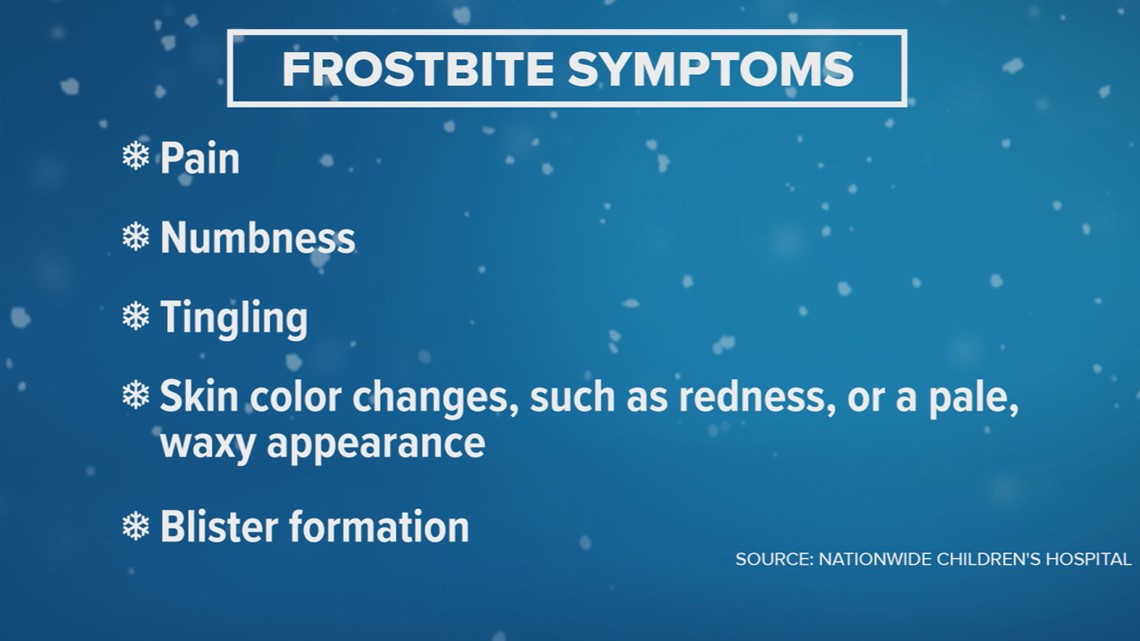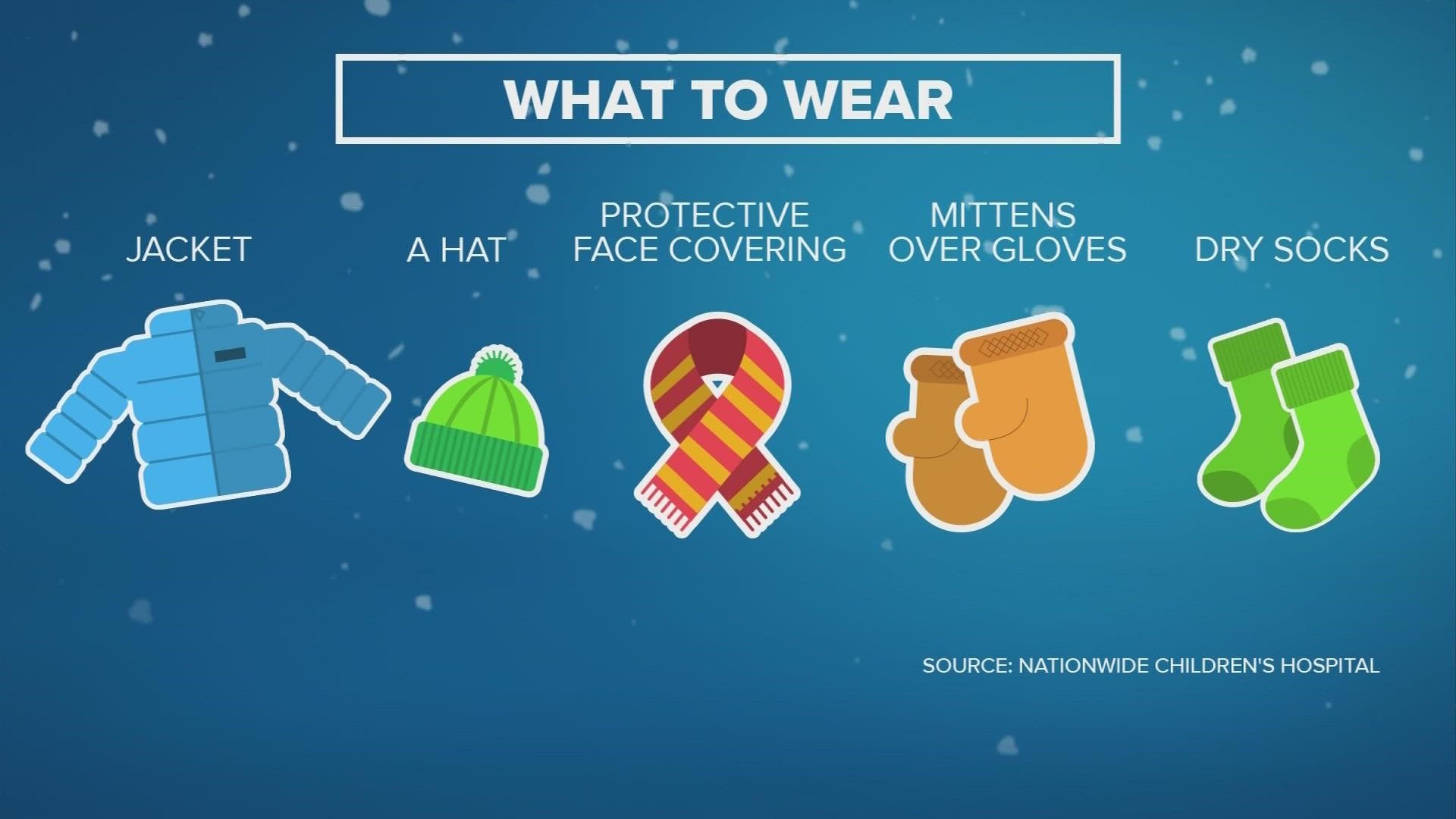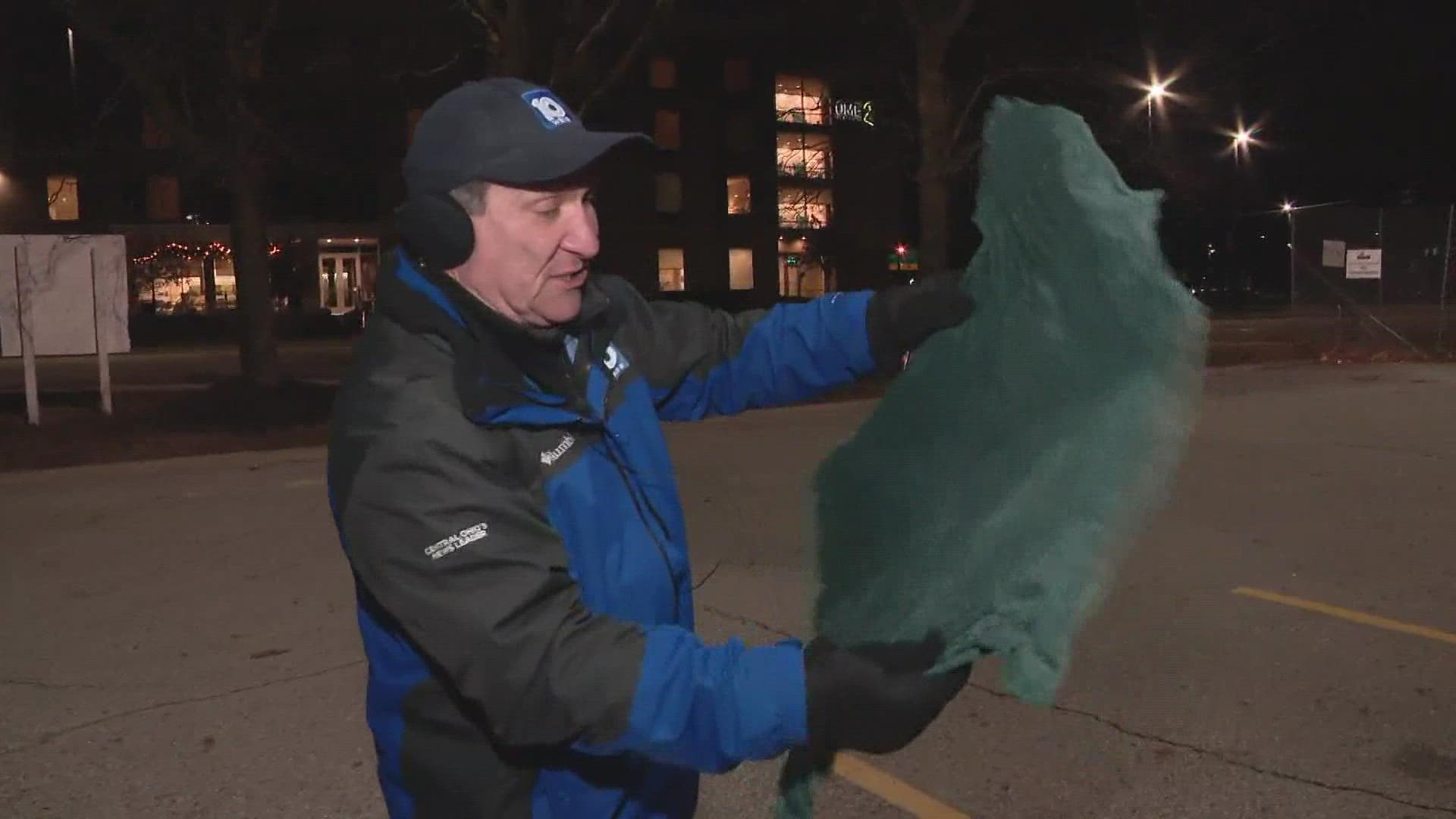COLUMBUS, Ohio — Arctic air has moved into central Ohio and will be an early morning shocker for those getting ready for work and school.
This might even be the first time some are digging out the heaviest coats and warmest boots, but the layers underneath can be just as important.
Dr. Michael Patrick practices pediatric emergency medicine at Nationwide Children’s Hospital. Patrick said the mild winter thus far may have some of us forgetting how serious the cold temperatures can be.
“Hats and scarfs, and gloves, all those things are going to be important layers (they) are going to really be your best protection because you get some warm air trapped between the layers, and that helps to insulate you from the outside temperature,” Patrick said. “So definitely covering everything that you can cover and the using those layers are going to be your best bet.”
Too many layers can pose their own risk, Patrick recommends experimenting with it now before the temperatures drop even colder this winter.
“If you're outside and you feel a little bit too warm, sometimes you can even feel a little bit, you know, lightheaded because you're a little on the warm side. Then, you know, maybe you don't need that extra layer next time,” Patrick said. “On the other hand, if you're getting cold and you're really paying attention to the symptoms, the next time you may need more layers.”
The National Weather Service says temperatures hovering in the teens across central Ohio are enough to cause frostbite in less than 30 minutes.
Nationwide Children’s Hospital says these are the symptoms of frostbite.


If skin coloration is past red, seek emergency medical treatment, similar to a thermal burn, Patrick said.
“The first sign is going to be the skin looking red, and having some tenderness associated with it. It may start to feel a little bit numb, you may feel like you can't move your fingers quite as well you feel kind of clumsy with it. And those are the first signs and really you want to intervene when that is happening,” Patrick said. “So the best thing is just to warm skin up and you don't want to burn it with hot water.”
It’s especially important to monitor children when they are playing outdoors. As kids play and become active, they heat up and take off layers, which could cause wet clothing to freeze.
“That's where it's a little more difficult, with kids, because kids are more likely to play through those uncomfortable feelings,” Patrick said. “You really do want to ask them, you know, when they come back inside, or maybe check in with them after they've been outside for a little while and just say, ‘Hey, how are you doing? Are you too warm? Are you too cold? Do we need to make adjustments here or there?’"


